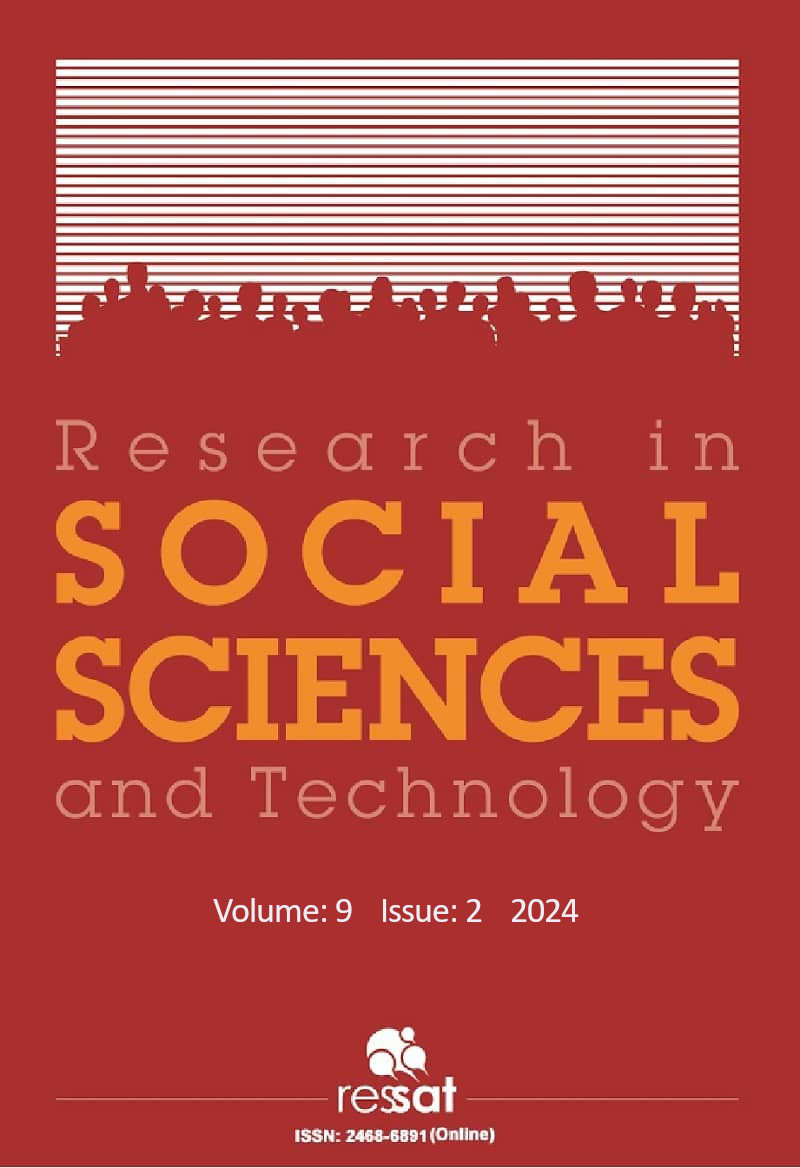Abstract
People with high self-esteem are better able to take delight in life's little pleasures, handle difficult situations, overcome challenges, establish lasting relationships, and strengthen their weaknesses. This study examined socioeconomic status, body image, and peer influence on self-esteem among in-school adolescents in Ibadan, Nigeria. The descriptive survey design of the correlational type was used during the investigation. This study employed a multi-stage sampling technique. Three hundred and forty-five in-school adolescents made the study sample. Data was collected using reliable instruments: (Peer Influence Scale α = .78; Body image scale α =0.83; Parental Socioeconomic Status Scale α =0.89; Self-Esteem Inventory α=.71). From the results, socioeconomic status (r = .533; p.<05), body image (r =. 577; p.<05), and peer influence (r = .331; p.<05) had a significant relationship with (self-esteem). Body Image made the most significant contribution (β = .371; t = 7.555; p<0.05) followed by Peer influence (β = .316; t = 8.112; p<0.05) and Socioeconomic status (β = .312; t = 6.374; p<0.05). The study underscores the need for counseling and orientation programs for adolescents in all ramifications; this will help ease the psychological strain that could hamper their self-esteem.
This work is licensed under a Creative Commons Attribution 4.0 International License.


